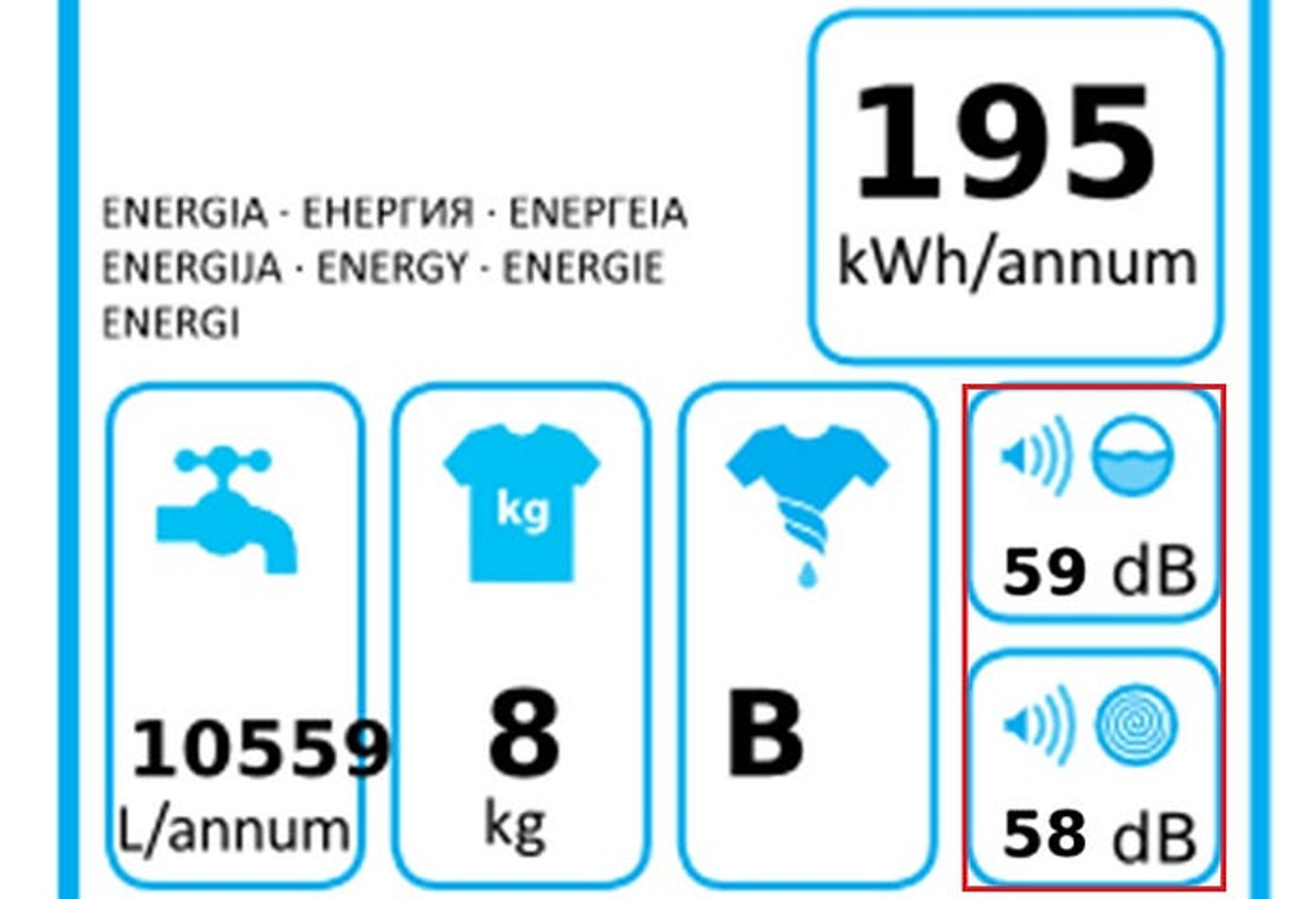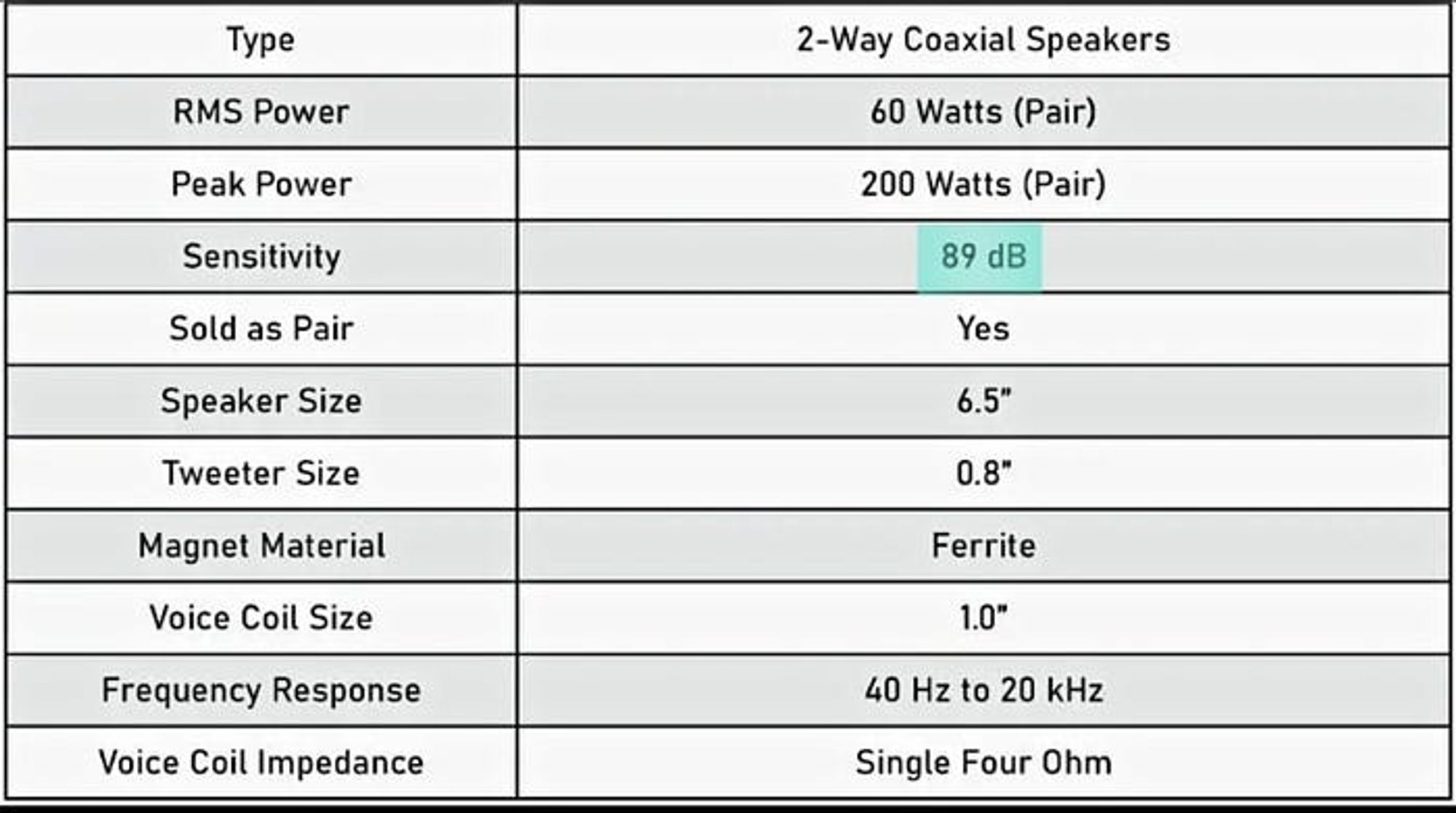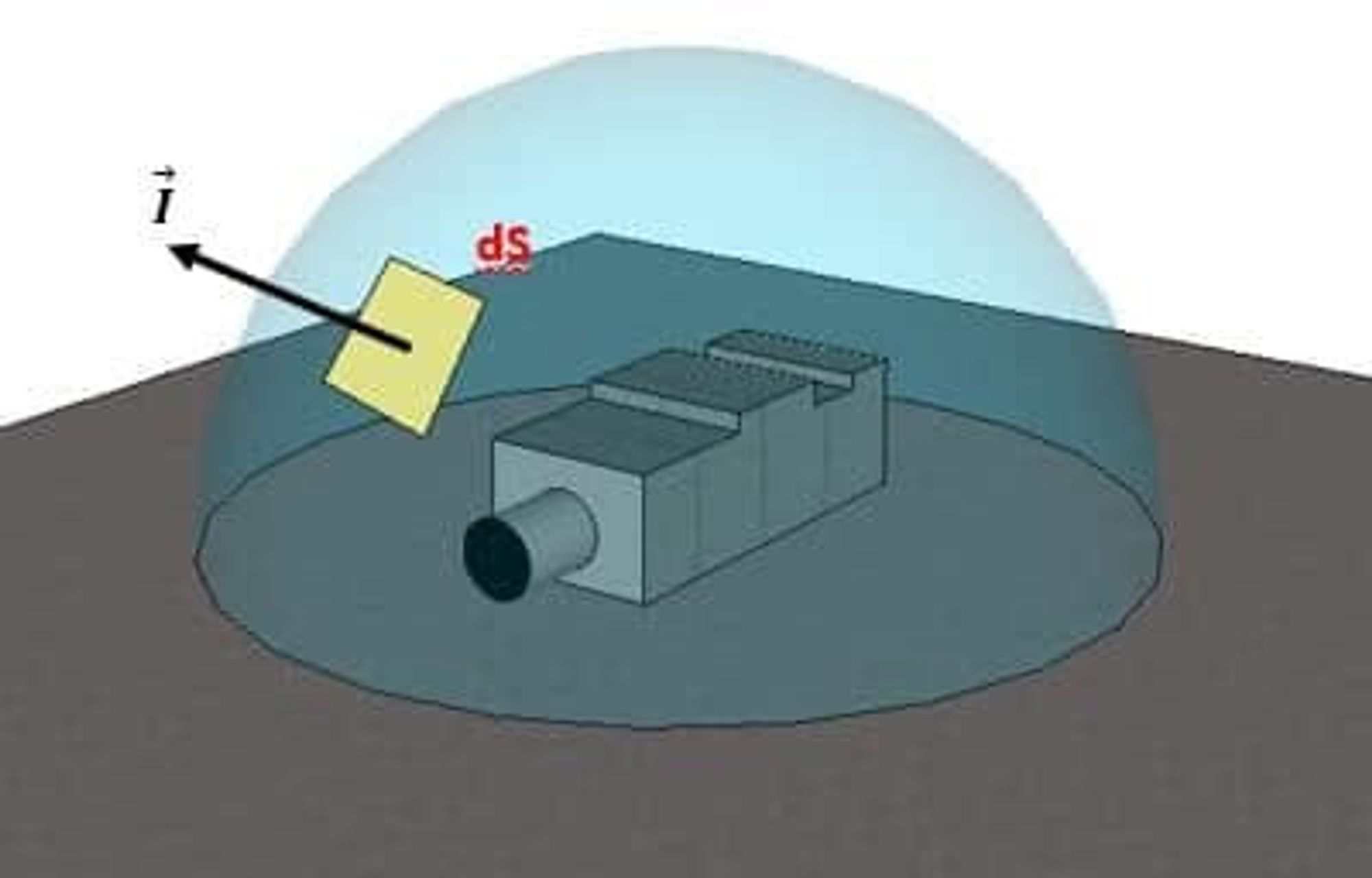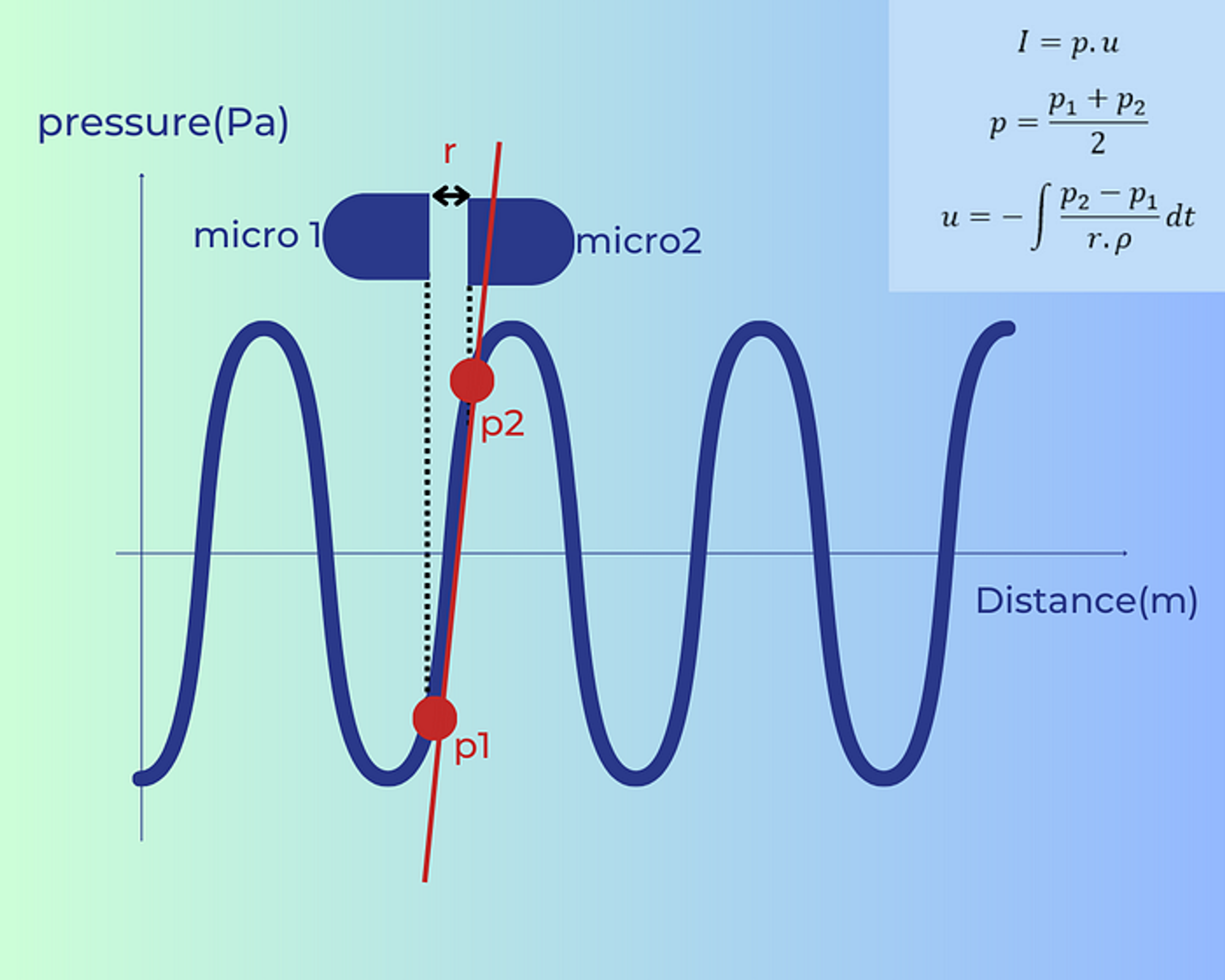Introduction
Today, i would like to talk about the three main components of noise, sound or everything making sound. Indeed, in my job, i have often the question about what are the differences between acoustic pressure, intensity and power.
I think you have already seen on the packaging of a wash machine, a fridge or other home equipments , some numbers like ‘XX dB’ with XX a number often between 30 and 90.

What is this number?
In this case, this number is the Acoustic Power Level of the equipment in A-weighting (we will discuss about the weighting in another article) and it should represent the power of the noise emitted by the equipment.
Another example?
When you buy a loudspeaker, on the product specifications, you can see ‘ XX dB at 1m’ or just ‘XX dB’ with ‘XX’ a number between 70 and 100dB or more.

Here, it s expressed the Sound Pressure Level at 1m with 1W of electric power.
OK, so here you have 2 ways to expressed the the sound or noise but what is it exactly?
As mentioned in the title, there are mainly 3 ways to expressed sound:
Sound Pressure (SPL), Sound Intensity (SIL) and Sound Power (SWL)
with the ‘L’ is for ‘Level’ as all these features are often expressed on a logarithm scale.
So let’s detail these 3 features!
Sound Pressure Level
Sound is a vibration in a medium, in our case is air. The variation of the air pressure around the atmospheric pressure enable us to hear sound, music when this vibration arrives to our ears.
The Sound Pressure Level (SPL) is the feature caracterizing this variation of pressure from a noise source. So, the SPL depends of the environment where the sound is emmited and the distance from the source.
It s possible to measure SPL with a standard microphone (a Sound Level Meter) and it s expressed in ‘Pa’ or in dB in a logarithm scale (reference 2.10–5 Pa)
To come back to the example of the loudspeaker, the value expressed here is the SPL at 1m (for 1W of electrical power) and it’s measured in a anechoic room (no sound reflexion). So SPL will be different if you measure it in another type of a room (in your saloon) or at a different distance (at 2m in free field, you will have 6dB less).
In sum up, for SPL it s important to take into account the environment and the distance where the measurement has been done and it could be measured with a sound level meter.
For information, lot of standards exist to measure home equipments, cars noise, railway noise, building , environment… I will do more articles describing these standards.
Sound Intensity Level
To be honest, few people use this feature but it s important to understand what is it to have a better view of the acoustic power level.
The Sound Intensity (SIL)from a source is the power per surface area (W/m2) emitted, perpendicular of this surface.
The sound Intensity is also calculated by multiplying the pressure by the particle velocity (I = p x v). It s important to know to understand the next techniques to measure the sound intensity.

There are 2 techniques to measure the SIL.
The first one called ‘Intensity method’ (P-P technique) is the technique with the 2 paired microphones that are very closed (from 6mm to 50mm depending the frequency range).

This method consist to measure, the acoustic pressure (approximated with the average of the 2 acoustic pressures measured by the 2 mics) and the particle velocity, from the Euler equation by considering a straight line approximation between the 2 acoustic pressures (p1 and p2). Indeed, if the microphones are very closed, it’s possible to do this approximation.

Intensity method calculation (by author)
The second method (P-U method) is based on the same principle but with a different sensors that measuring directly the particle velocity (and not only the pressure). This technology is commercialized by the company Microflown.
Sound Power Level
The acoustic power (SWL) represents the sound power emitted by source and doesn’t depend of the environnment and the distance. It’s directly linked to the source.
The SWL is calculated by multiplying the Sound Intensity bythe radiating surface.
The methods to measure the SWL are the same than the SIL described above, by using the surface of measurement (W = I.S in Watt). The method with 2 microphones (P-P method) is described in 2 standards (ISO 9614–1 and 9614–2). Currently, none standard exist with the method using the measurement of the particle velociy (P-U method).
However, it exists other standards (ISO 3744, ISO 3743…) that used a mapping of standard microphones around the source. From the measurement, it’s possible to have an average of the SWL around the source (contrary to the Intensity Method that enable to have a cartography of the SWL aournd the source).

From the SWL, it’s possible to calculate the SPL by taking into account the distance, the environnment around the source,… For example, if the source is at 1m in free field (without any obstacle) from the source the differnce from SWL and SPL is -11dB. But if there is a plan, the difference will -8dB.
In sum up, for SWL it s an intrinsic data of a source and doesn’t depend of the enviromnent or the distance. It’s possible to mesure it with a mapping of microphones or specific intensity probe. The SPL can be calculated from the SWL.
To finish, i hope it’s more clear for you the differences between acoustic pressure, intensity and power. Concerning our firts examples, it’s always complicated to determine the real noise or sound that you will have in your room at the end. No matter the type of values, the main aim is to compare product between them. To have a more detailed estimation, an acoustic study is necessary with more data (spectrum, size,…).
Thank you for your reading!
Try VAPP Acoustic to calculate acoustic pressure from the acoustic power
Exterior noise Calculation